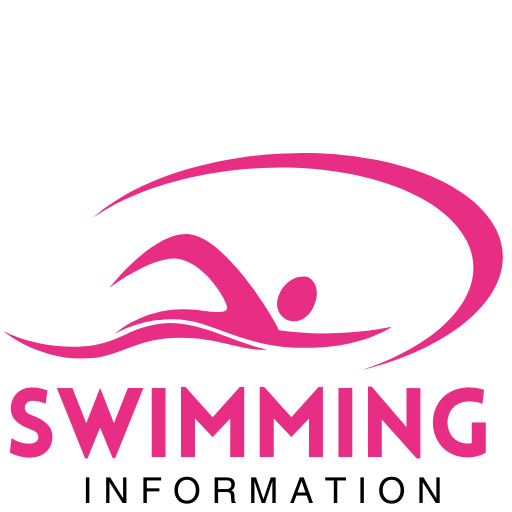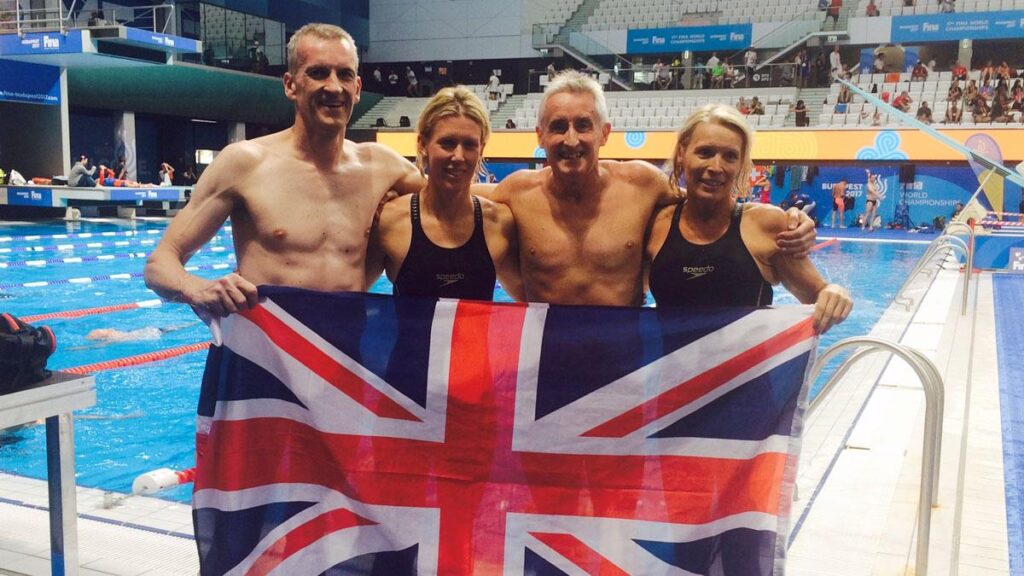Masters swimming is experiencing a surge in popularity worldwide, attracting swimmers of all ages and skill levels. According to recent reports, this growth is driven by a combination of factors including a renewed focus on fitness, the strong sense of community within clubs, and the sport’s adaptability to diverse lifestyles and goals. As Masters swimming programs continue to expand, experts and participants alike point to these elements as key reasons behind the enduring appeal and rapid development of the sport.
Masters Swimming Fuels Fitness Goals Across All Age Groups
Swimming has long been praised for its low-impact, full-body workout benefits, making it an ideal exercise option for individuals at every stage of life. Masters swimming capitalizes on this versatility, offering tailored training that promotes cardiovascular health, muscular strength, and flexibility without strain. From young adults aiming to improve endurance to seniors focused on maintaining mobility, the sport adapts seamlessly to different fitness levels and goals. Additionally, the structured nature of Masters programs encourages consistency, a critical factor in long-term health success.
Beyond physical benefits, the social component of Masters swimming fosters motivation and accountability. Groups often organize regular training sessions, swim meets, and community events, cultivating a strong network of support that transcends age barriers. Participants frequently highlight how this camaraderie boosts mental well-being and encourages a positive attitude toward fitness. The combination of adaptable workouts and a vibrant community environment is helping Masters swimming sustain its rapid growth across demographics.
- Age Groups: 18-30, 31-45, 46-60, 60+
- Key Benefits: Cardiovascular health, muscle tone, mental clarity
- Community Features: Group workouts, competitions, social events
| Age Group | Primary Fitness Goal | Common Training Focus |
|---|---|---|
| 18-30 | Endurance & Speed | Interval sets, sprints |
| 31-45 | Strength & Flexibility | Resistance drills, technique work |
| 46-60 | Joint Health & Mobility | Low-impact swimming, steady pacing |
| 60+ | Longevity & Recovery | Gentle laps, breathing exercises |
Building Community Through Inclusive and Supportive Environments
Masters swimming thrives because it fosters an atmosphere where every participant feels valued and empowered. By cultivating an inclusive culture, swimmers from diverse backgrounds, age groups, and skill levels find common ground through shared goals and mutual encouragement. Coaches and clubs emphasize supportive communication, ensuring that newcomers and seasoned athletes alike are welcomed into a network of friendships and mentorship. This sense of belonging nurtures persistence and propels consistent engagement in fitness routines.
Key elements contributing to this environment include:
- Accessible training options that accommodate various abilities and schedules.
- Community-driven events focused on celebration, competition, and collaboration.
- Inclusive leadership that embraces diversity and encourages open dialogue.
- Peer support networks that provide feedback, motivation, and accountability.
| Community Feature | Impact |
|---|---|
| Group Workouts | Build camaraderie and motivation |
| Social Events | Strengthen bonds beyond the pool |
| Inclusive Coaching | Encourages lifelong participation |
| Flexible Programs | Accommodate diverse lifestyles |
Adapting to Diverse Needs with Flexible Training Options and Programs
Masters swimming programs have evolved to accommodate the ever-changing demographics and goals of their participants. From beginners dipping their toes in the pool for the first time to seasoned competitors chasing new records, options are designed to suit every skill level and personal ambition. Flexible schedules-including early morning laps, lunch-hour clinics, and weekend workshops-allow swimmers to seamlessly integrate training into busy lifestyles. This adaptability not only enhances participation but also fosters long-term commitment by respecting individual time constraints.
Key flexible training attributes include:
- Customized workout plans tailored to fitness levels and goals
- Inclusive group sizes from intimate coaching sessions to larger community classes
- Hybrid options combining in-pool practice with virtual technique analysis
| Training Option | Focus Area | Schedule Flexibility |
|---|---|---|
| Technique Clinics | Stroke Efficiency | Weekly/Evenings |
| Endurance Sessions | Cardiovascular Fitness | Early Mornings/Weekends |
| Competitive Prep | Race Strategies | Variable/Summer Focus |
The Conclusion
As Masters Swimming continues its upward trajectory, the sport’s unique blend of fitness benefits, strong community ties, and adaptable programming remains at the heart of its appeal. From beginners seeking a supportive environment to seasoned athletes pursuing competitive goals, Masters Swimming offers a versatile platform that meets diverse needs. With an emphasis on health, camaraderie, and inclusivity, it is clear why more adults are diving in and staying engaged. As this vibrant community grows, the future of Masters Swimming looks as fluid and dynamic as the sport itself.





